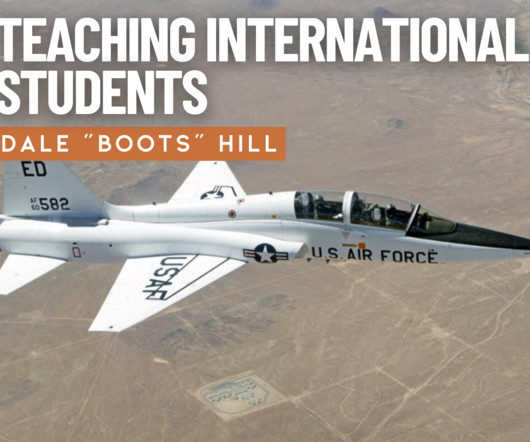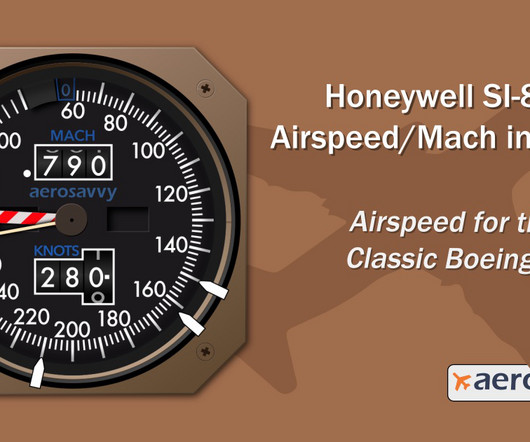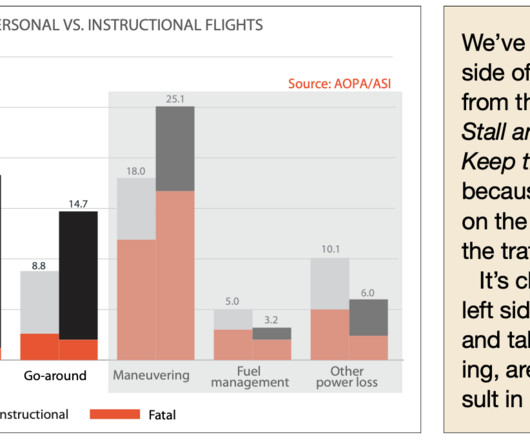Teaching International Student Pilots
Air Facts
MARCH 5, 2025
For example, describing a Cuban eight maneuver would involve such writing as, enter the (in Farsi , R-L), Cuban eight (in English, L-R), maneuver no lower than (in Farsi , R-L), 10,000 AGL (in English, L-R), at a minimum of (in Farsi , R-L), 450 knots (in English, L-R). add 5 knots for winds at 10 knots gusting to 20 knots).
















Let's personalize your content